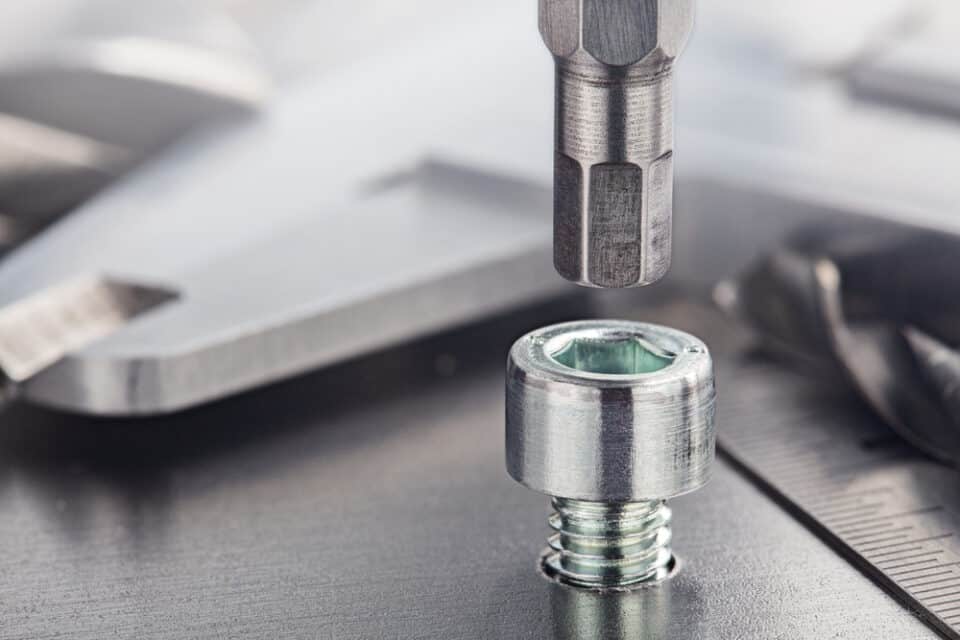English 


Views: 0 Author: Site Editor Publish Time: 2024-05-13 Origin: Site









There are a few ways to tackle a stripped hex nut screw, depending on the severity of the stripping and the tools you have available. Here are some methods you can try, moving from least invasive to more involved:
Increase Grip:
Rubber band or paper: Place a rubber band or a piece of paper between the hex wrench and the screw. This can create extra friction to help turn the screw.
T-handle wrench: A T-handle wrench provides more leverage compared to a straight wrench. This can give you more torque to turn the screw without stripping it further.
Screw-grab friction fluid: Apply a drop or two of screw-grab friction fluid into the hex hole. This fluid increases the grip between the wrench and the screw.
Alternative tools:
Larger hex wrench: If the hex hole isn't too badly damaged, try using a hex wrench that's slightly larger than the original size. Be careful not to force it in, as this can damage the screw further.
Torx wrench: A Torx wrench might fit snugly into the stripped hex hole and provide enough grip to turn the screw.
Advanced Techniques:
Heat: Apply heat with a soldering iron to the screw head (not the wrench). This can expand the metal slightly and break the bond between the screw and the material it's threaded into. Be cautious when using heat, as it can damage surrounding components.
Needle-nose pliers: If the head of the screw allows it, carefully grip the sides with needle-nose pliers and try to turn it out. This method is risky and can further damage the screw head.
Last Resort:
Screw extractor set: This is a set of drill bits and extractors designed specifically for removing stripped screws. You'll need a drill to use this method. Make sure to wear safety glasses when using a drill.
If none of these methods work, you might need to drill out the screw completely. This is a last resort, as it will destroy the screw and may damage the surrounding material.
